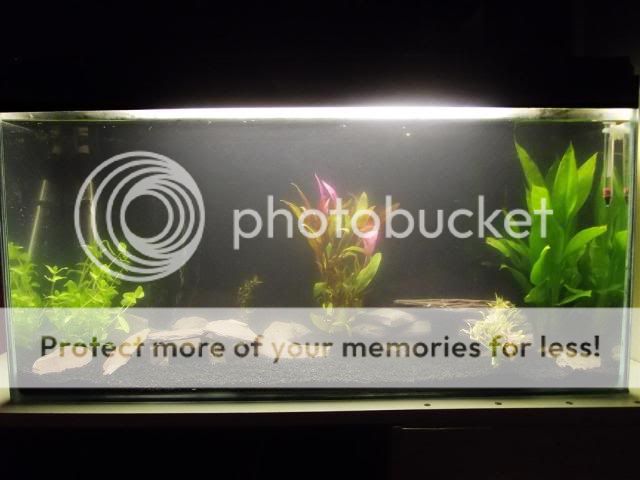Ok, I think we have just changed our minds. Here is the thought process:
There is an empty 90g tank which was supposed to be the marine tank.
We have two big tropical community tanks, one is 30g the other is 25g. The fish in the tropical tanks are all compatible with each other, we just split them up to not have an overstocking in each tank.
Possible new plan is:
Make the 25g tank the main coral filled marine tank - lots of live rock, coral and some fish
Make the 30g tank a fowlr tank - lots of live rock and some fish
If things go bad in the 25g tank then we could transfer the affected fish into the 30g tank to treat with hardcore medicine. And if not we would still have two smaller, but beautiful and totally different SW tanks. Also, if things went really badly (crash) it wouldn't cost the earth to replace things.
The 90g tank would then be our new huge tropical community as we are confident we can care for them and we could go crazy and up the numbers of cories, kuhlies and all the FW fish we love.
The mini-reef tank would be this one, I think it was Lizzie who said a few weeks back that it would be a great starter size:
We would just need to get light, wave maker and live rock and we would be ready to go.
So, if you are still reading, what do you think?



 If it can be smallish that would be ok, otherwise we would have to consider ditching one of the FW tanks and make that a QT tank.
If it can be smallish that would be ok, otherwise we would have to consider ditching one of the FW tanks and make that a QT tank.

